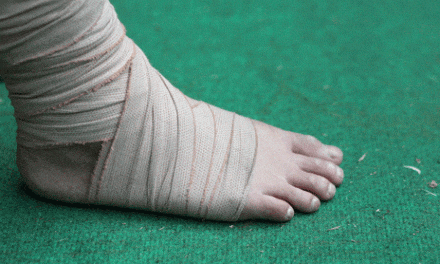Patients with low-back pain who receive physical therapy first are less likely to need opioid medications and had significantly lower out-of-pocket medical costs, according to a study in Health Services Research.
In the study, researchers from the University of Washington School of Medicine in Seattle and The George Washington University in Washington, DC, reviewed 5 years of insurance claims data in the Health Care Cost Institute from patients newly diagnosed with low back pain who had received no treatment in the past 6 months. The claims were based in six states: Washington, Wyoming, Alaska, Montana, Idaho and Oregon.
They found that those who saw a physical therapist at the first point of care had an 89% lower probability of receiving an opioid prescription, a 28% lower probability of having advanced imaging services, and a 15% lower probability of an emergency department visit.
“We found important relationships among physical therapy intervention, utilization, and cost of services and the effect on opioid prescriptions,” says Dr Ken Harwood, lead investigator for The George Washington University, in a media release from University of Washington Health Sciences/UW Medicine.
A 19% higher probability of requiring hospitalization among such patients was also revealed in the data.
The authors note, however, that this may not necessarily be a bad outcome if physical therapists are appropriately referring patients to specialized care when low back pain does not resolve by addressing potential musculoskeletal causes first.
About 80% of adults experience back pain at some point during their lifetime, according to the National Institutes of Health, in the release.
Lead author Dr Bianca Frogner notes that currently, patients are given painkillers, x-rays, and, in some cases, told to rest. However, she adds, seeing a physical therapist first and given exercise is a more evidence-based approach.
“Given our findings in light of the national opioid crisis, state policymakers, insurers, and providers may want to review current policies and reduce barriers to early and frequent access to physical therapists as well as to educate patients about the potential benefits of seeing a physical therapist first,” says Frogner, associate professor of family medicine and director of the University of Washington Center for Health Workforce Studies, in the release.
[Source(s): University of Washington Health Sciences/UW Medicine, Science Daily]





